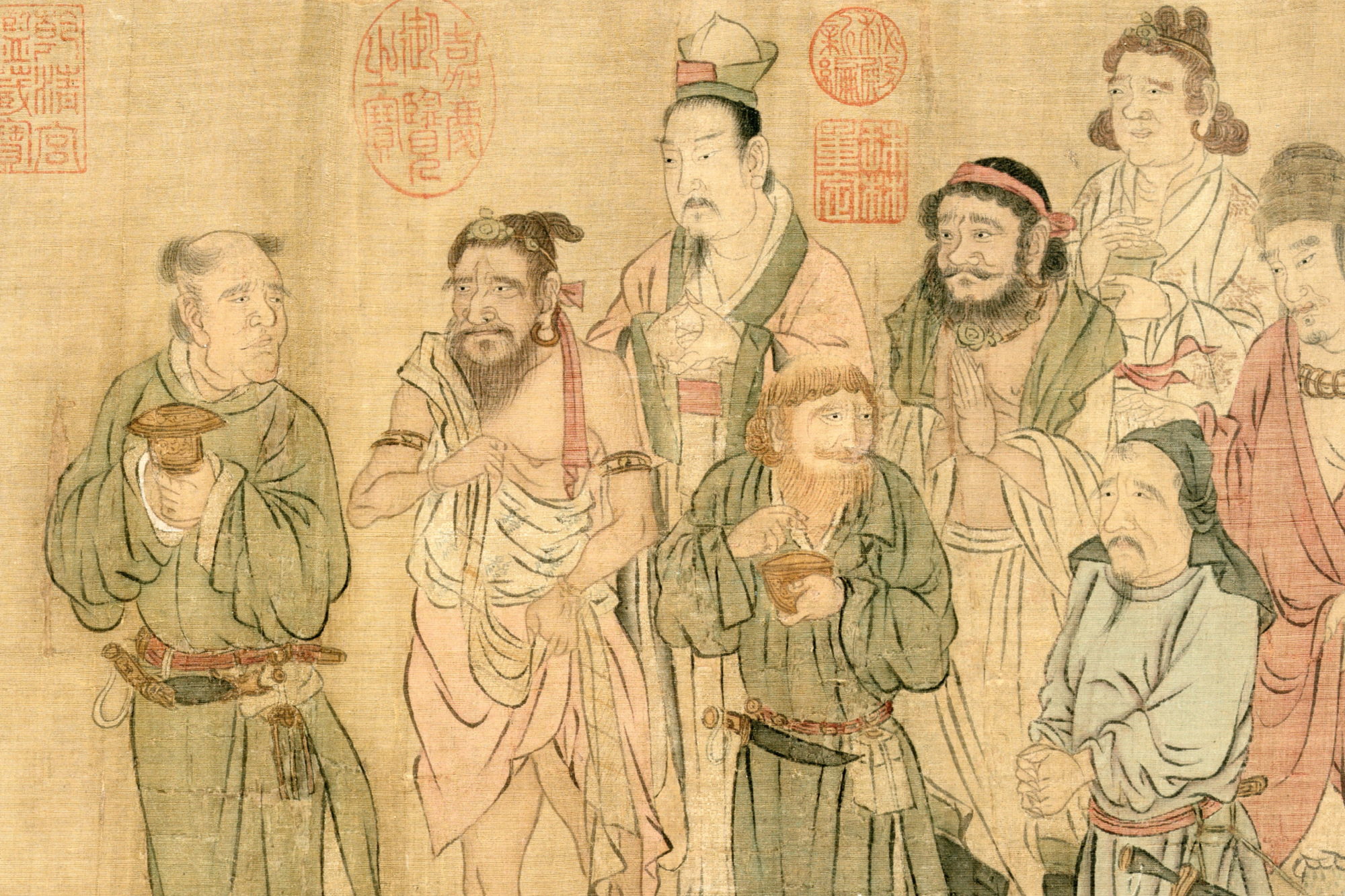Visual Resources Presentations in November
Visual Resources staff Julia Gearhart, Yichin Chen and Leigh Lieberman were delighted to present to ART 400, the Junior Seminar, on Thursday, November 10. Julia and Yichin spoke about the history of images in the art history classroom, and some of the benefits and challenges of the multitude of digital images available today. Leigh spoke about good digital practices for A&A students, including collecting, managing, and sharing data. On November 16 Julia spoke to Prof. Janet Kay’s class, ART 402, Ethics in Archaeology, about the history of A&A excavations and ethical considerations in archives.

Dr. Shelley Stone, Professor Emeritus of Art History, CSU Bakersfield, visited the Morgantina excavation archives November 8-11 to finalize some digitization requests for forthcoming publications.
ASOR Conference
Leigh also co-led a workshop with her colleague Tiffany Earley-Spadoni called Digging Up Data: A Showcase of Ongoing Digital Scholarship Projects for both the virtual and in person annual meetings of the American Society of Overseas Research (ASOR). The workshop showcased the individual journeys of scholars who spent the previous year developing digital, data-driven, public-facing projects as a part of the experimental professional development program launched by Leigh and Tiffany, a program that has received excellent feedback and support from ASOR leadership. We are also very pleased to hear that Profs. Andrea DeGiorgi and Asa Eger received the G. Ernest Wright Book Award for ANTIOCH: A History at the ASOR conference as well.
Interesting resources and projects:

Surprise Machines is an interactive visualization of the Harvard Art Museums’ 200,000 objects. It is a collaboration between the museum and metaLAB that is part of an exhibition series called Curatorial A(i)gents intended to “investigate innovative curatorial practices through AI (Artificial Intelligence) techniques.” The installation involves a large monitor showing digital images of museum objects that the viewer can control (zooming, dragging, scrolling, etc.) with their body movement. Read the paper on Surprise Machines: Revealing Harvard Art Museums’ Image Collection.
Another interesting visualization is derived from this dataset of annual exhibitions of the Association of Fine Artists, Vienna between 1869-1900. The resulting visualization uses Gephi and Retina.
If you are interested in the visualization of museum collections please sign up for our Wintercession workshop on January 18, 2023 titled Data Literacy and Visualization for GLAM Collections (Galleries, Libraries, Archives and Museums). Registration will open December 1.
Finally, take a virtual tour inside the Khufu’s Pyramid at Giza and read about how it was made.
